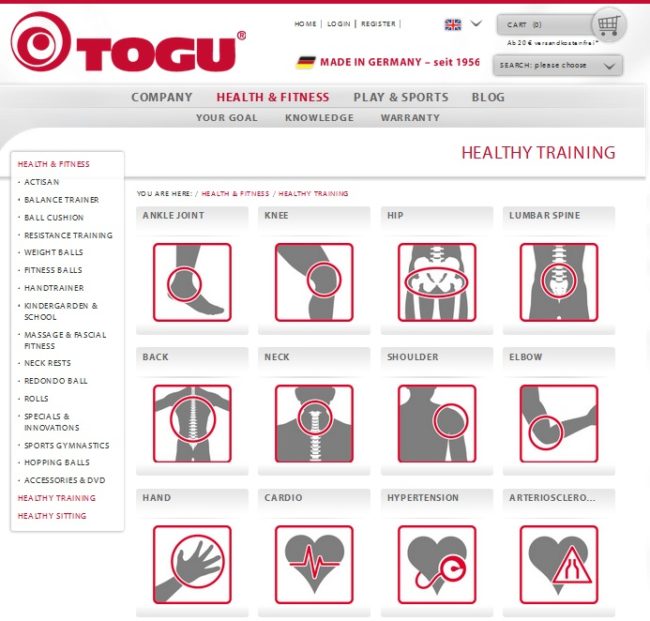Active and flexible at 60+
by Gabi Fastner Our body is a minimalist. Anything that we don’t dare do and don’t do with age, will probably not be done again! But who wants to limit themselves this way and lose their love of an active life? Nobody! My training for seniors is not gymnastics for sick people and invalids, but…

